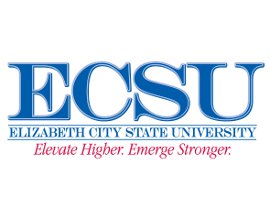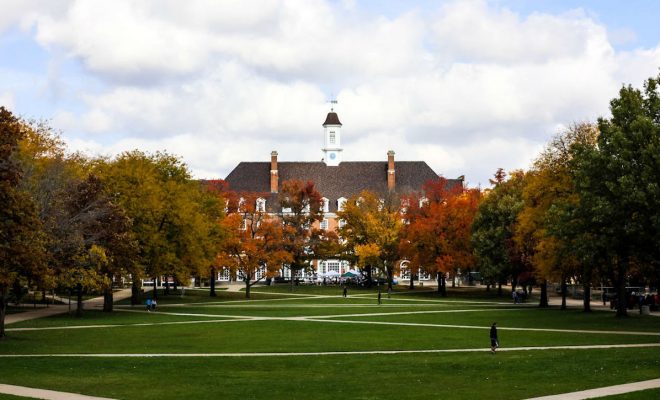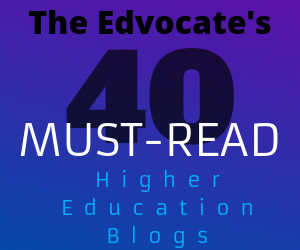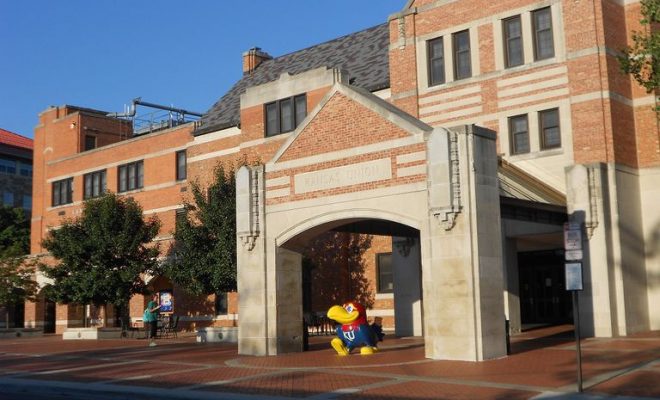Diverse Conversations: Recruiting a Diverse Student Population
Diversity is immensely valuable to any higher education institution. Not all universities and colleges, though, are successful or even aware of how to go about recruiting a diverse student population. Fortunately, this is an area in which John LaBrie, dean and vice president for Professional Education, Northeastern University College of Professional Studies, is a veritable expert. I recently sat down with him to find out about the types of strategies that are helping universities ensure that they recruit diverse student populations.
Q: First, we agree that diversity is a very valuable thing for any higher education institution but would you say that there are particular reasons that it is especially important in today’s modern world?
A: The first thing we need to understand is the reality that we live in a more diverse world. Given that, it’s important that our classrooms reflect this. Students, as part of their educational experience, need to understand how to navigate the cultural and diverse aspects of a modern classroom which is also reflective of the larger society.
One of the fundamental cores of education is to encourage students to be critical thinkers. In order to understand critical thinking, you need to understand different perspectives. Cultural diversity inherently brings into the classroom a cultural perspective that is fundamentally diverse and thus forces students to understand issues from different points of view.
Secondly, as a learning model, a culturally diverse classroom is a great pedagogical tool that allows students to understand critical thinking regardless of the discipline.
So for those two reasons, from a cultural and pedagogical standpoint, it’s highly important for us to pay attention to this and it’s exciting that the classroom is, in fact, becoming more diverse in student opinions and backgrounds.
Q: As a starting point, what would you say are the features most common to higher education institutions that are successful at engaging a diverse population?
A: The institutions that have been the most successful in engaging diverse student populations have been urban institutions. These institutions have the proximity of different cultural institutions and populations that come together and inform the curriculum, the faculty and even the institution itself.
Institutions that have struggled to identify what that means from a pedagogical perspective are those who have little exposure to diverse communities; urban institutions have done considerably better in this regard than more rural institutions.
The second attribute is that institutions that are financially more secure have been able to understand the importance of diversity and have had the privilege of engaging with a diverse student population. Many students from diverse backgrounds and so-called “non-traditional” backgrounds are new to higher education and need financial incentives and financial support. So, affluent institutions have had greater capacity in identifying those students and recruiting has been easier for them.
At the other end of the spectrum, community colleges, because of their price point, have been a phenomenal resource for incorporating students from diverse backgrounds into higher education. Again, many of the students from underrepresented communities don’t have the financial resources to afford high tuition institutions and so community colleges have really been an effective entry point for them.
The irony here is that the lower-price institutions, the community colleges, and the higher- price institutions, have been the two types of institutions that have been successful in engaging diverse populations. Those schools caught in the middle have really struggled in being able to recruit and maintain a diverse student population.
Q: Northeastern University College of Professional Studies has been very successful at not only developing but maintaining a diverse student population. What are some of the strategies that the College has used in particular?
A: First and foremost, Northeastern University has always seen itself as an urban institution and the very nature of an urban institution is that it has access to a diverse community. But beyond that, Northeastern University College of Professional Studies has a number of attributes that have made access more attractive to students from diverse backgrounds.
While we are a nationally recognized research institution, and are considered to be a selective institution, the price point that our College has been able to use for our education model has made our type of higher education affordable to many diverse student populations.
Additionally, our College offers special programs like Foundation Year, a first-year intensive program that prepares high school graduates from the City of Boston for university studies regardless of family income or ability to pay. In 2013, 96 students enrolled in Foundation Year. And, Balfour Academy provides students, starting in the 7th grade, the necessary skills, individual growth and confidence to prepare for and succeed in college through after-school tutoring and summer enrichment programs.
And finally, the emergence of online technologies and the capacity for us to deliver education to working adults means that students, who otherwise would not have had access to an institution like Northeastern, can now participate in our form of education. Students who find themselves in a geographic area where no other institution can meet their educational needs, and who may also be coming from a culturally diverse background, are afforded access because of our quality online programs. In 2013 alone 7,272 students were enrolled in our online courses. We offered 1,787 online courses in over 70 areas of study at the undergraduate, graduate, and doctoral level.
We recently launched a new online experiential learning pilot project that provides an opportunity for online students who are working professionals to do a so-called “internship” with their current employer, bringing what they learn in their studies into a valuable and needed project in their current workplace. This program will be expanded in 2014.
All of these approaches add up to a different way of thinking about access to higher education that addresses what students need from multiple perspectives.
Q: For institutions that have not been particularly active about recruiting a diverse student population, what are some of the most important steps to get the process started, to actually change their image in this area and start appealing to a more diverse population of students?
A: One of the more powerful ways of changing and becoming much more appealing to a diverse population is to reflect that population in the faculty as well as the staff who represent the institution. Students from underrepresented minorities will often look for mentors and colleagues that come from a common experience. They will see themselves within the institution if they see members of their community represented within the institution, and this has a snowball effect where a more diverse student population mandates a more diverse staff and faculty.
And, it’s important for an institution that is interested in recruiting a diverse student population to have an appreciation for the various communities it wishes to recruit in and to understand the role of the recruiter. The recruiter not only needs to have a deeper appreciation of the communities he or she is talking to, but often needs to be a member of that community.
Q: What, in particular, would you say that diverse students are looking for in a higher education institution? There is inevitably a particular vibe or brand of higher education institutions that appeal to a diverse population of students? Can you pinpoint what it might be?
A: Students from underrepresented minorities are looking for the same thing as everyone else in higher education: a better life. That is why it’s quite important to make sure our academic programs are, first and foremost, relevant to students from an employability perspective. Students absolutely need to be able to enter the workforce with the confidence that the education program that they participated in has prepared them well for a promising career path.
Beyond that principle, however, there are a number of attributes that institutions can bring to the table academically that will help make students see themselves in the program. One strategy is making sure that courses, assignments and assessments are designed in a way that allow students to use their cultural background. This will help them begin to translate the academic principles in a way that is relevant to their cultural context, allowing them to see themselves from an employability perspective. It will also allow them to see themselves giving back to their community through their assignments and their overall educational experience.
Institutions also need to be clear about their interest in serving all students. For example, some students who come from diverse backgrounds may not have a tradition of writing in a particular fashion; therefore student support systems need to be put into place. Other communities may have de-emphasized mathematics, so becoming accessible to these communities means that the educational enterprise needs to support students through math and the sciences. This is not so much a factor in cultural diversity, but certainly is a factor in economic diversity, which is important to higher education.
Q: Finally, what are some of the trends we are likely to see going forward when it comes to recruiting diverse student populations? Students are consumers, after all, and their wants and needs change. What is your advice to institutions looking to sustain their diverse student populations?
A: Simple demographics tell us that a homogenous population that existed, at least in our minds, 50 years ago, is gone forever in the United States. The trend is clear that the classroom will become increasingly more diverse – the emergence of African-American, Latino and Asian students require institutions to understand these populations better than they have historically.
But the emergence of international student mobility means that this is not only an American phenomenon, but a global phenomenon. The international student mobility rates continue to grow at an astounding pace and although the United States is very well positioned to understand a diverse cultural and ethnic classroom, the diversity of the classroom, globally speaking, will continue to change and will become much more dynamic.
Here at the College of Professional Studies, we teach thousands of international students every year. In 2013, our students came from all 50 states and from 90 countries. We also offer programs to international undergraduates and graduate students abroad, such as learning or improving English language skills and taking academic courses in preparation for undergraduate or graduate studies at a U.S. university, while they live and learn in Boston.
For those institutions that would like to understand this phenomenon better, I would encourage a strategy for engagement, exploration and celebration of those populations rather than a stance that you see in many institutions: a very conservative and apprehensive approach to these student populations.
In the end, these will be our students and we have always done our best work with students when we have celebrated all of their facets, all of their accomplishments, and all of their backgrounds.
Thank you very much for your time, John. That concludes our interview.





